5. The Pawnbroker (1964)
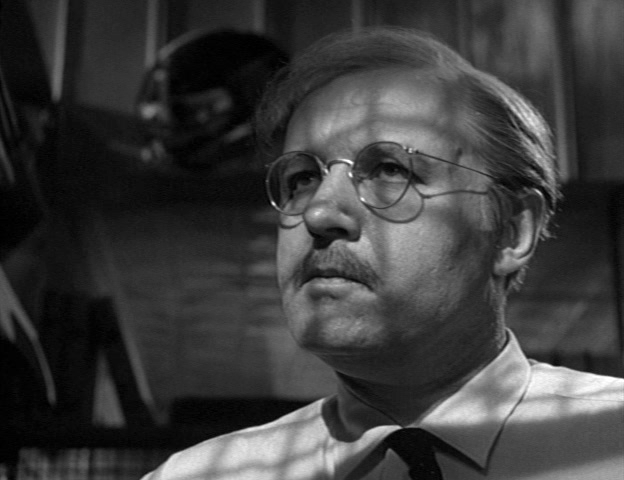
It seems the shortest route to prestige in the current landscape of American cinema is to claim a film is about trauma; it’s a free for all thematic label that grants even the most shallow of characterizations and vapid dramaturgy an air of respectability.
Naturally, the trivialization of a topic as serious and noteworthy as trauma has led some cinephiles to be wary of the word altogether, so it’s good to remind oneself every now and then what a real director can do when dealing with this theme, how powerful a tool cinema can be to explore and exorcise both collective and individual pain. “The Pawnbroker” is one of the best examples of this, a Holocaust drama that deals less with the immediate horror of the concentration camps (though it features flashbacks depicting them) and more with it’s aftermath, telling the story of a Jewish man (Rod Steiger) who loses all faith in humanity following his experiences with nazi persecution.
As can be inferred from this premise, it’s a bleak film, uncompromising in its depiction of pain and hopelessness, but it’s also a beautiful cinematic creation, one of Lumet’s most visually expressionistic and featuring a remarkable performance at its center.
4. Deathtrap (1982)
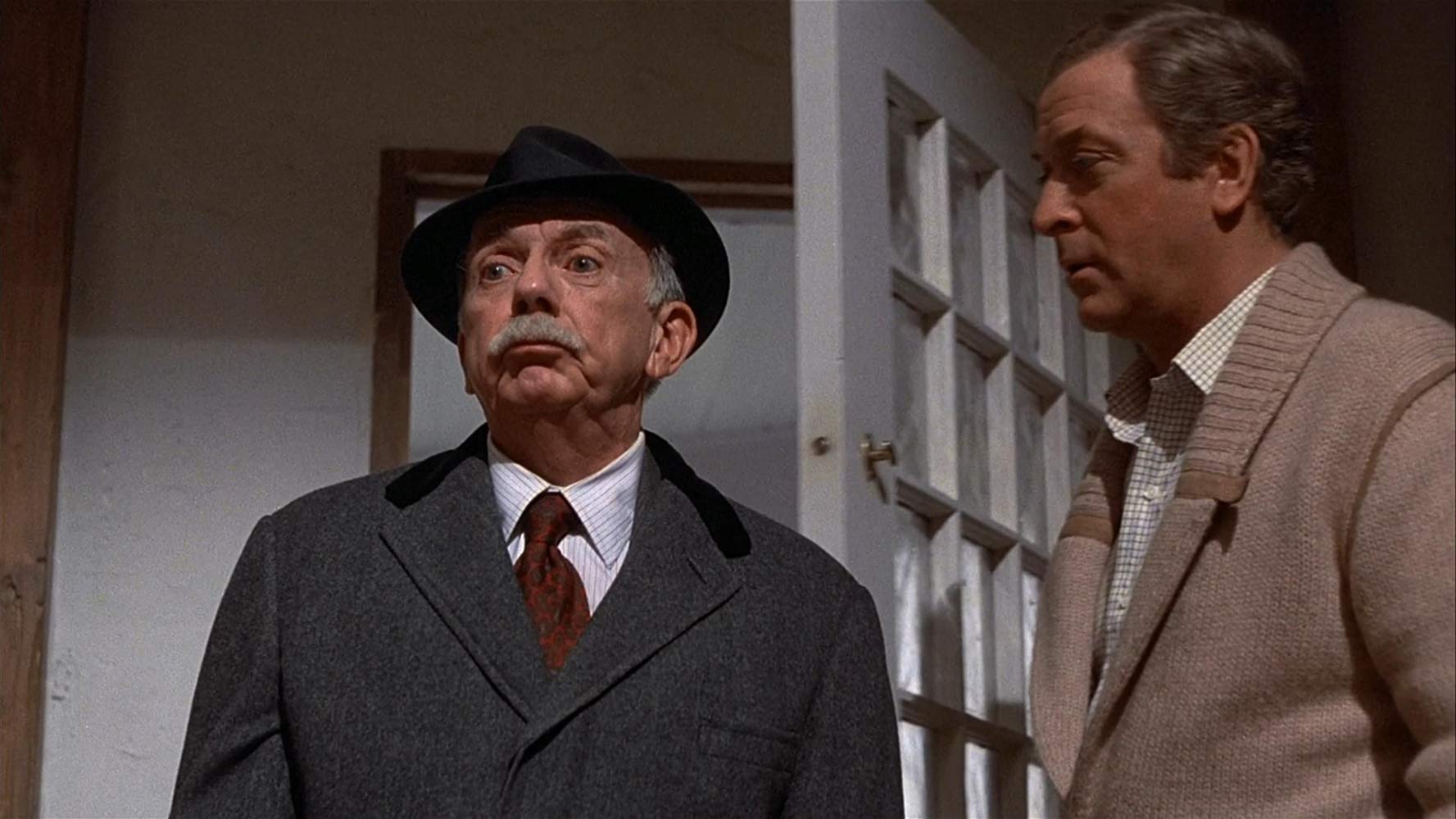
From Lumet’s bleakest movie to his most fun: “Deathtrap,” an obscenely enjoyable single location mystery-thriller that’s yet another impeccable showcase for Lumet’s incomparable versatility.
Granted, the mystery genre is one he returned to many times (including in the aforementioned “The Morning After”), but he always found new angles in which to approach it, making every new effort worthy in its own right, even if often varying in quality. And while his most successful mystery was “Murder On The Orient Express,” his very best one is “Deathtrap,” which is not only masterfully plotted (courtesy of “Rosemary’s Baby” writer Ira Levin), but also brilliantly staged, making the most of its single location conceit for a deliciously devious and twisty narrative.
It would be a sin to spoil anything about the story; suffice to say it stars Michael Caine and Christopher Reeve as rivaling playwrights and a cascade of ever-more absurd and entertaining lunacy.
3. Q&A (1990)
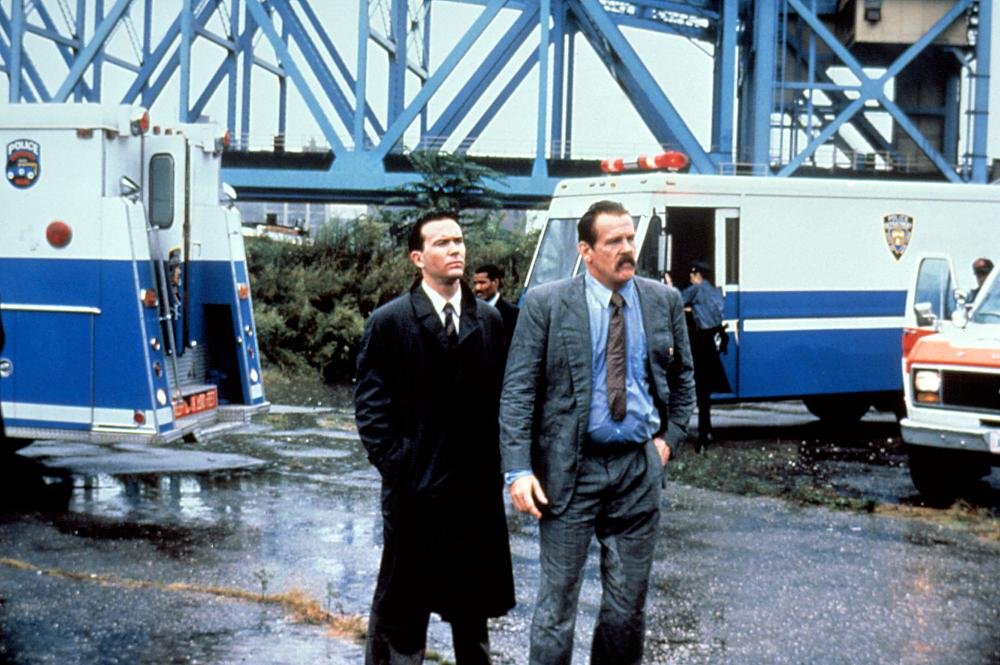
“Q&A” is the purest procedural of Lumet’s career, another police corruption drama that, while not as thematically complex or narratively sophisticated as his other forays into this favorite subject (almost a point of obsession with him, really), is the single most intense and engrossing of them all, a superb thriller.
As ever with this filmmaker, it’s a magnificently acted film, including not only Nick Nolte’s thunderously powerful central performance (his best ever), but also the quietly incredible roaster of supporting actors, particularly Armand Assante, an underrated actor, given here a unique showcase for all his strengths as a performer. And, of course, “Q&A” is yet another great New York movie from Lumet, with exquisitely grimy location work and a sense of specificity and feel of danger for the city that this director could conjure better than basically anybody else.
In essence, “Q&A” is a sort of Lumet Greatest Hits, a condensed cauldron of every single ingredient and auteur trademark that appeals to his fans; a perfectly dilapidated diamond. But even if you’re not overly familiar with Lumet’s work, worry not; as said, this film is just a terrific, terrific genre piece that will please anyone looking for quality crime cinema.
2. Prince Of The City (1981)
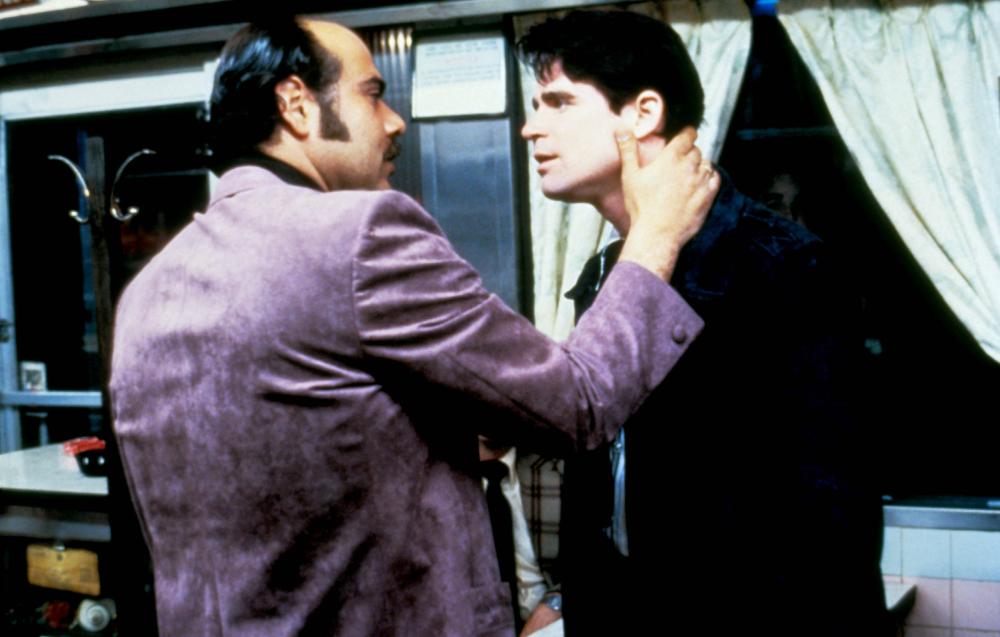
As said before, Lumet may have returned to the same genre often (the cop movie more than any other), but the director’s renewed interest was always justified; there was always a new angle to be explored, something new to be said. In fact, it’s remarkable how he was able to make such wildly different movies from what is, essentially, the same premise: both “Prince Of The City” and “Serpico” center on a New York detective who fights against police corruption to great personal cost.
The essential difference is, while Al Pacino’s eponymous character is a righteous man crusading against corruption out of sheer principle, Treat Williams protagonist in “Prince Of The City” is never fully invested in the cause, and his morally dubious motivations are never entirely clear from one moment to the next, which is what makes him so interesting and complex.
It’s an ambiguity seeped into the fabric of the entirety of “Prince Of The City,” which, in spite of having a nearly identical starting point as “Serpico,” manages to become something much more expansive, quasi novelistic in it’s scope, grandeur and commitment to avoiding easy answers. It’s interesting that “Serpico” became Lumet’s definitive cop movie classic, because, all things considered, this is the superior movie – the finest of all his police corruption classics.
1. Fail Safe (1964)
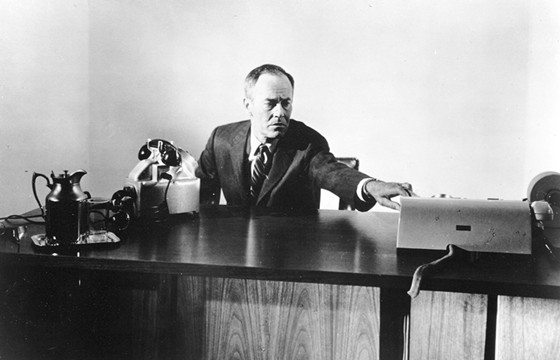
Sidney Lumet is not particularly remembered for being a political filmmaker, but many of his most beloved classics are steeped in social commentary. This could sometimes be explicit and loud, as in “Network,” or manifest itself in a more subtle, humanistic stance, as in the trans themes of “Dog Day Afternoon,” which are treated with a seriousness and respect that would be impressive even for today, let alone for the 1970s.
Lumet’s political preoccupations were never more apparent, furious and urgent than in “Fail-Safe,” a Cold War thriller that plays today like an artifact of the anxieties of a bygone era but that was, at the time, audaciously ripped from the headlines of nuclear tension. It’s the kind of finger on the pulse, “how we live now” filmmaking that’s in mortal danger of aging badly, because, as times evolve, those movies solely interested in reflecting the society of their day can become not only dated, but tedious and irrelevant to the current landscape (think quaint little social issue dramas like “Guess Who’s Coming To Dinner,” which are today naive and boring to the point of offense).
Thankfully, that’s not at all the case of “Fail Safe,” a movie that has not lost one iota of its shock and staying power, which is due, primarily, to Lumet’s choices behind the camera: this is a capital-t tense movie, franticly edited and shot in high-contrast, heavy grain black-and-white that make the ticking-clock narrative all the more nerve-rattling.
Released in the same year as “Dr. Strangelove,” a movie with virtually the same plot, “Fail Safe” has been forgotten in the shadow of Kubrick’s masterpiece, but it’s every bit as upsetting and visionary, a classic in its own right.